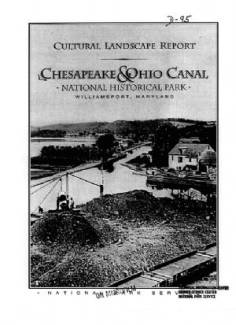Collection Name
About
CHAPTER 4
OVERVIEW AND BACKGROUND
...
Background
A review of the C&O Canal management documents produced between 1976 and 1993, in conjunction with discussions undertaken with NPS, National Capital Region and C&O Canal NHP personnel, provides an understanding of the direction and philosophy of NPS administration of the C&O Canal. The three primary documents that were used to establish a background for management decisions are the 1976 General Plan, the 1983 Development Concept Plan (DCP), and the 1990 Statement for Management (See Appendix C).
From a cultural landscape perspective, two major areas of concern arise from review of the DCP proposals:
• The DCP recommends development of a parking area behind the Power Generation Station. This location for a parking area could be expected to diminish the integrity of setting for the Power Generation Station.
• The report proposes to "landscape the core area encompassing the Power Generation Station, Cushwa Warehouse and the Town Square." It further recommends that "Plant materials be used to screen the houses and power plant from the view of towpath users," and that "River Bottom Park will be integrated with the canal restoration projects and appropriately landscaped." The report proposes that these actions will "create an integrated and esthetic park environment," and "minimize visual intrusions within the historic scene and improve esthetics." Proposing the use of ornamental plant materials to beautify an area that historically was not intended to be aesthetically pleasing...
The Media file for this resource exceeds 20MB. You may view the file at: Williamsport Cultural Landscape Report (part 3)
